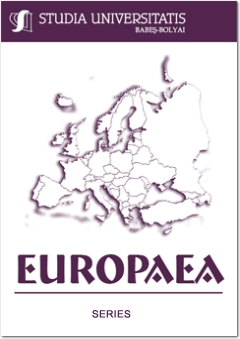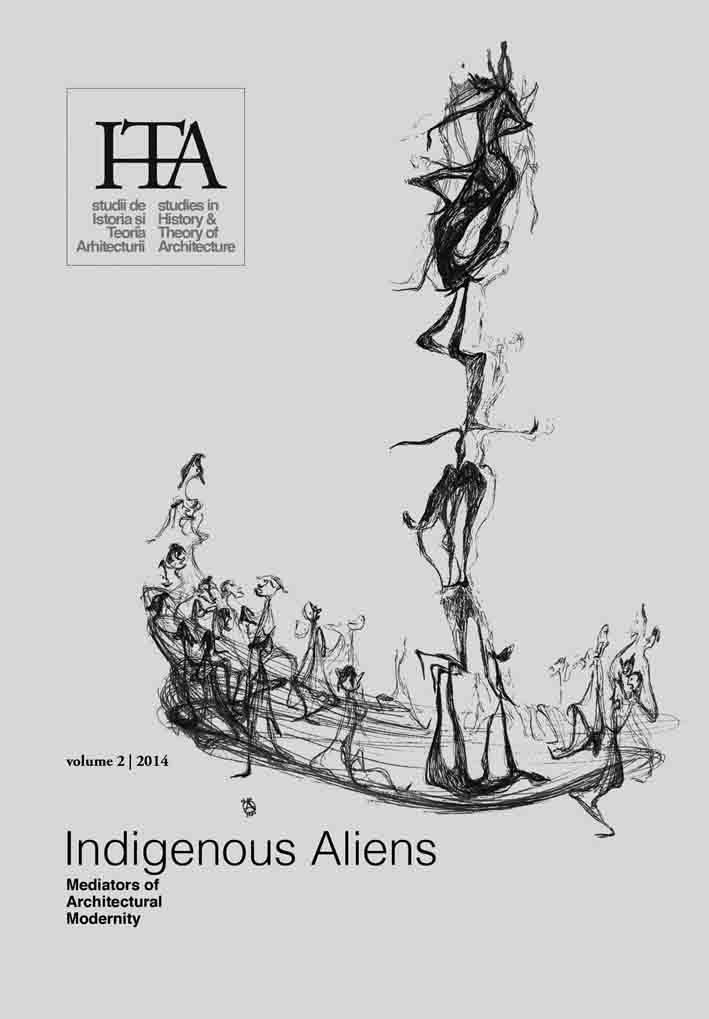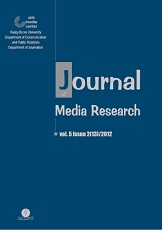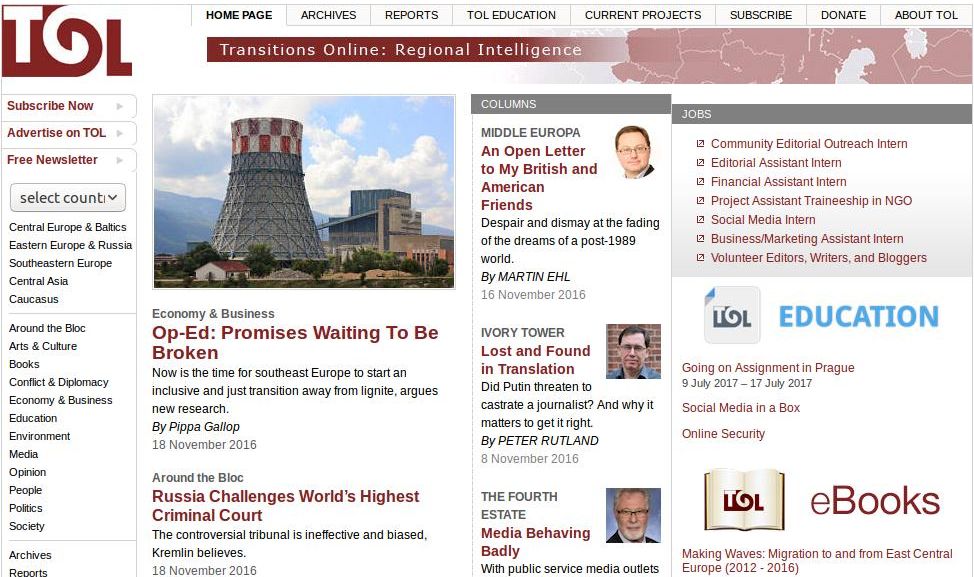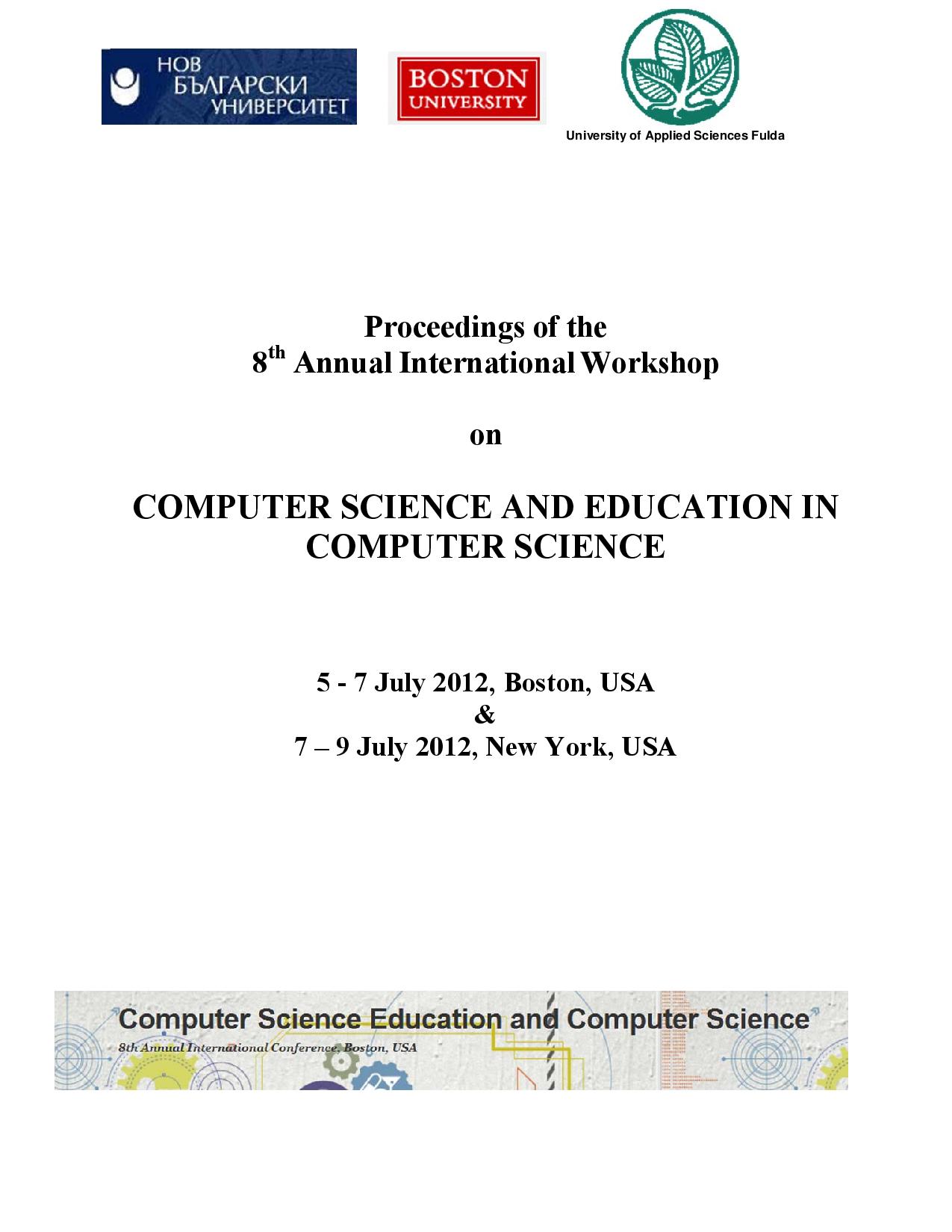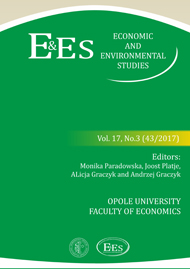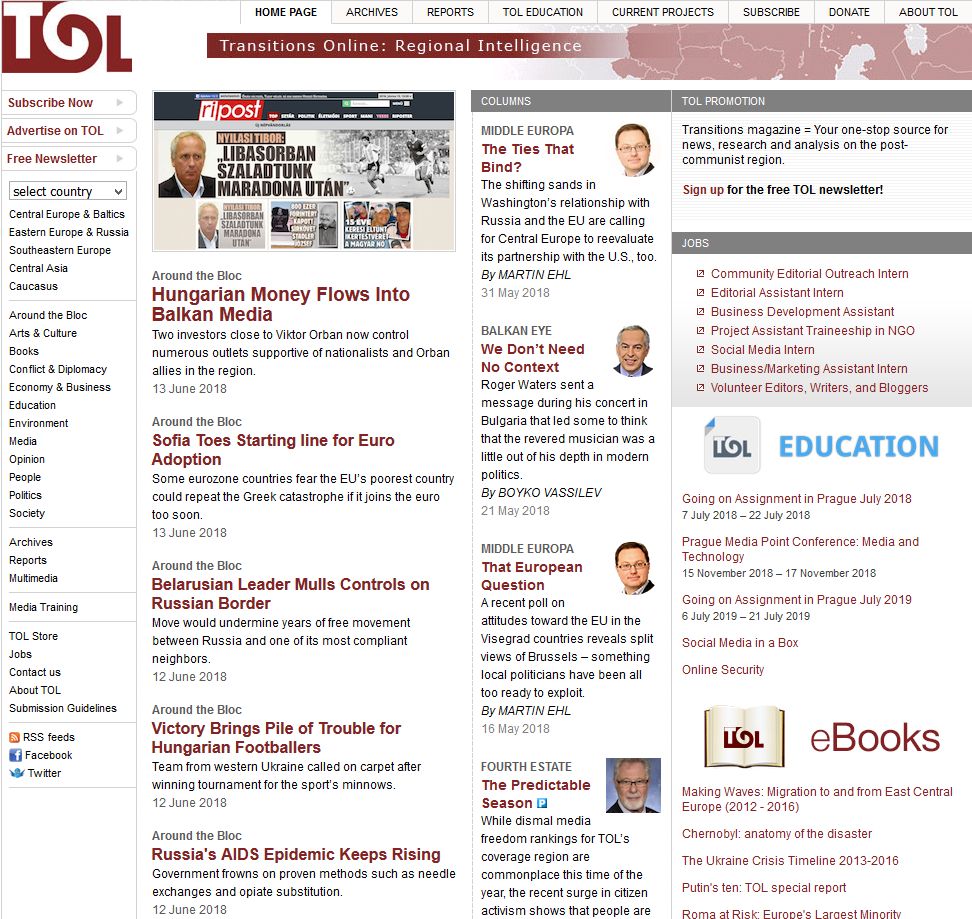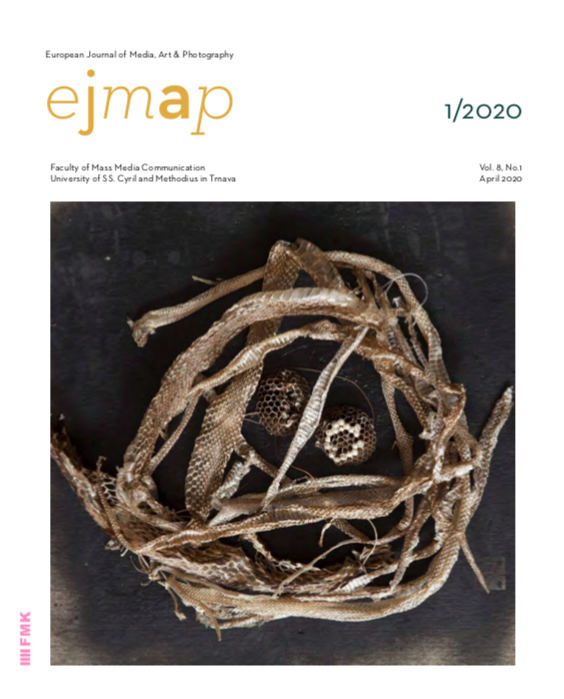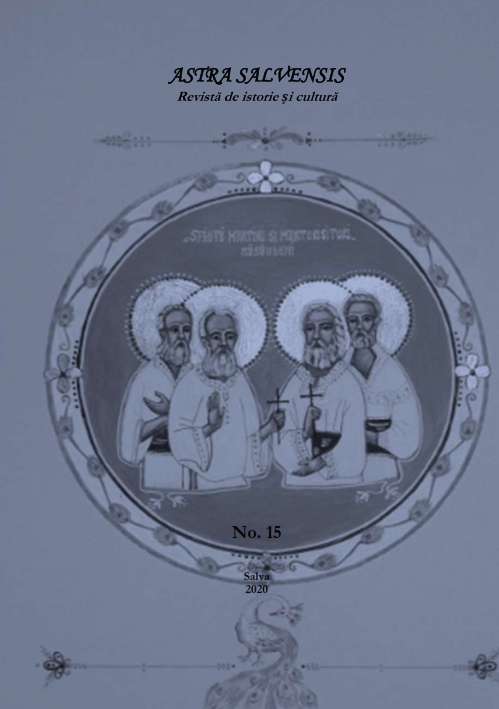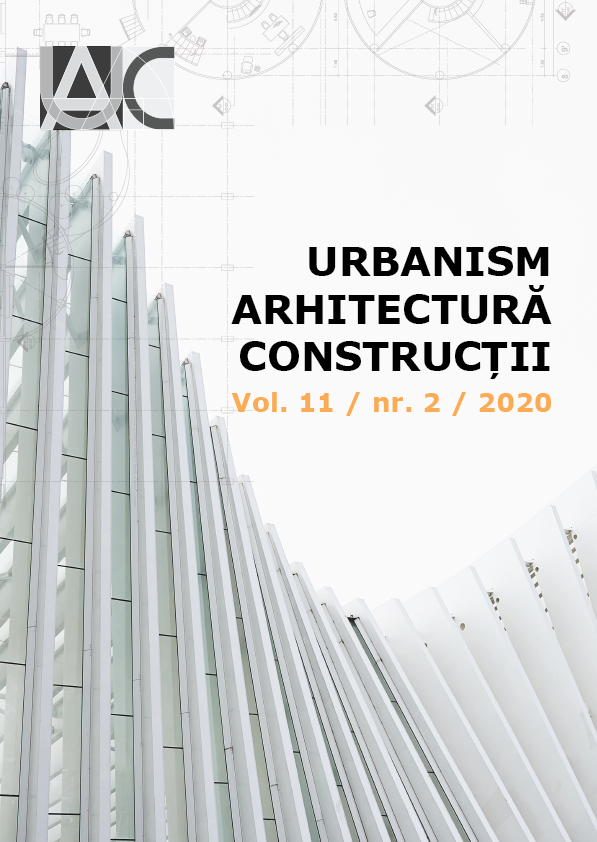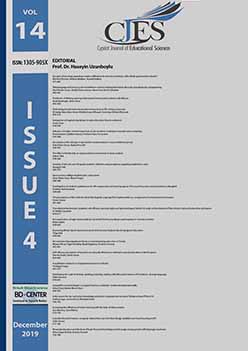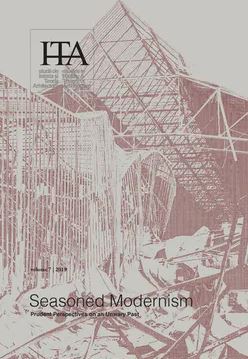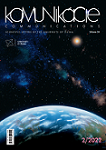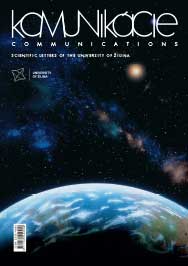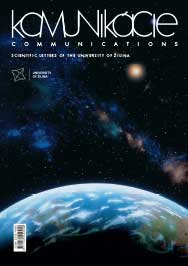Sustainable Architecture in Slovakia after the Year 1990
Author(s): Alžbeta Križánková,Julian Keppl / Language(s): English
/ Issue: 3/2015
Keywords: sustainable architecture in Slovakia; theory of architecture
Consciously applied sustainable principles of building emerge in architecture since 1973. The cause was the oil crises. It forced a re-evaluation and an abandonment of the previous energy wasting building concepts and triggered the need to seek a new and more efficient architecture, sources of energy and materials. Years 1973 to 1982 can be described as a period of searching for more efficient building concepts, new energy sources and a radical re-assessment of traditional building technologies and energy sources. The period of utilization of alternative energy sources, mainly from solar power and from wind followed. In the 80s, the economics of the developed countries stabilized, which, to some extent, attenuated the development of ecologically conscious architecture. It ascended to the centre of interest only in the last decade of the 20th century, after the United Nations Conference on Sustainable Development in Rio de Janeiro and the World Congress of the UIA in Chicago in 1993. Sustainability in architecture and construction began to acquire a significant position. Currently, projects and urban complexes implementing ecological ideas are being built while getting a significant attention from critics of architecture. After the year 2000, significant documents exalting sustainable architecture to general principles of building are being issued. Perhaps the most important document adopted at the European level is the European Directive on the Energy Performance of Buildings and the European Strategy 20-20-20.Forming thoughts about sustainability in architecture reached Slovak architectural scene with a slight delay. While in abroad first projects focusing on new sources of energy originated in late 70s of the 20th century, in our territory these thoughts came in the centre of interest only in the 90s. The period before the change of political situation in our country in 1989 can be characterized by numerous discussions and forming thoughts on reducing energy consumption of buildings and on utilizing alternative energy sources. Already in the first half of the 80s interesting projects were designed, but unfortunately they remained just paper projects. However, this beginning of ecologically conscious architecture was the essential for its later development. The decade of the 90s enabled to apply a sustainable design approach more intensely and triggered the construction of various architectural projects. The interest focused mainly on the solar energy and in the late 90s back on traditional natural building materials used in vernacular architecture in the past. The aim to reduce the energy consumption of buildings was the driving force in the construction of first experimental houses and public buildings and also in urban structures. Slovakia took part in international projects, such as Brundtland City Project. Abrupt building boom in our country since the beginning of the new century evolved the market of energy efficient buildings. Monitoring of energy savings, inevitable according to the adopted ambitions of the European Union was the starting point of architectural designs especially of low-energy and passive houses. The usage of traditional natural building material remains still up to date. Except of technologically and materially sophisticated constructions, the uniqueness and the quality of architectural design are currently strongly emphasized. The awards-winning outstanding and sustainable architecture serves as a proof.Up to now, most of sustainability in architecture has been performed on a scale of the object. At present, it transforms to the dimension of a city district. This is what we endeavor also at the Faculty of Architecture, STU in both research and teaching practice, mainly in the sustainable design studio.Current ambitions of the European Union in the constructions of sustainable architecture force us to reflect the progress of sustainable architecture. To achieve these ambitions it is necessary to monitor the development of ecologically conscious architecture in Slovak architectural scene. This is the subject of our research "Mapping of ecologically conscious architecture in Slovakia". Partial outcome of this research is the content of our conference paper.
More...
